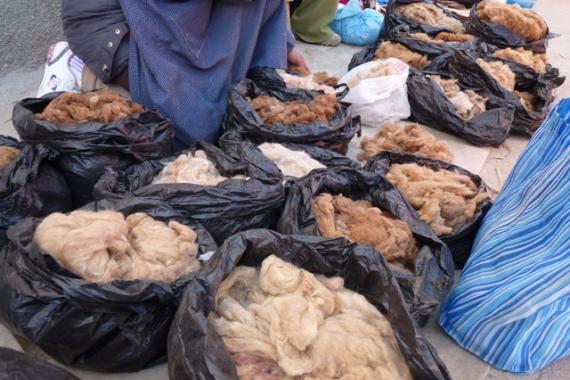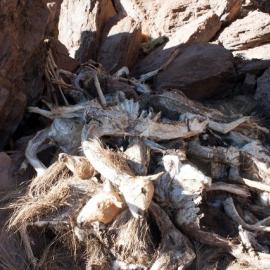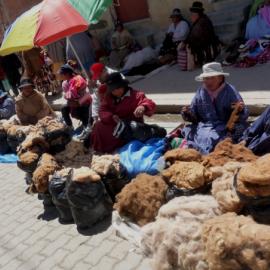Saving vicuñas from over-exploitation
Published

Illegal fibre at El Alto, Bolivia. Credit: Corsino Huallhata
Vicuna conservation in the Andes is an international success story of collaboration in conservation. Fifty years ago, over-exploitation coupled with a lack of management threatened the animal with extinction. The global population was down to 10,000 individuals.
A trade ban under CITES on the export of vicuña pelts and the creation of the Vicuña Convention paved the way to creating a shared vision and collective conservation effort which led the recovery of the species. Today, the vicuña population is around 500,000 individuals. Once population recovery was underway, the opening up of trade — albeit regulated — and the subsequent incentives for sustainable use by local communities has further improved the status and long term outlook for the vicuña.
The poaching and wildlife trade problem
Species affected Vicuña Vicugna vicugna
The strategy
Strengthening disincentives for illegal behaviour
The role of local communities in combatting poaching is typically as informants.
Many communities have local guards and some have developed monitoring systems. However, it is rare for a community to have the resources to pay for their members to work as rangers.
Only in exceptional cases, such as Lucanas in Peru, are the numbers of vicuña and fibre production high enough to generate rewards for anti-poaching activities.
Increasing incentives for wildlife stewardship
Collectively, throughout the Andean region, the principle of community-based management of sustainable use has had a dramatic impact in reversing the decline of vicuña populations.
Has the initiative made a difference?
Results vary per country, but there are only a few cases where the numbers of vicuña and fibre production are high enough to generate rewards for anti-poaching activities.
Organisers, donors and partners
For further information contact ().

